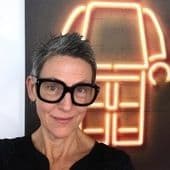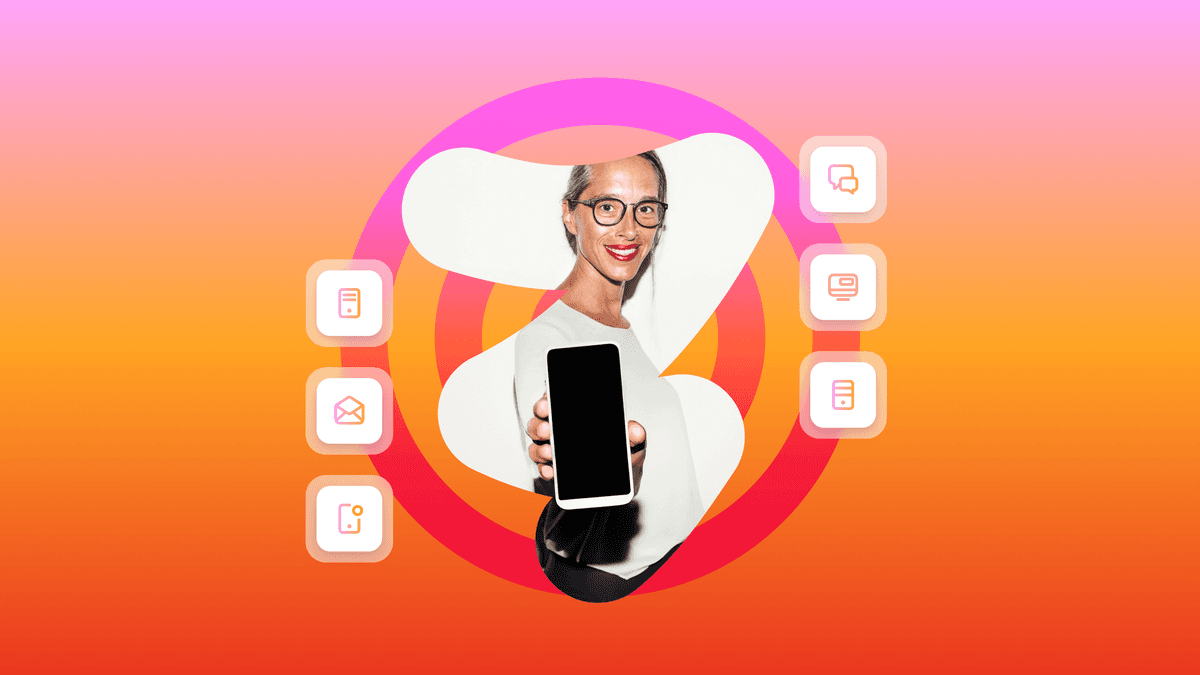Lessons from the Cannes Lions International Festival of Creativity
Published on June 25, 2019/Last edited on June 25, 2019/5 min read


Jane Grenier
Creative Brand Storyteller at BrazeThe sunburn and the rosé aftereffects have faded, but key messages from this year’s Cannes Lions Festival continue to resonate for marketers and their partners. Taking effective action on this year’s insights, however, requires sorting through some conflicting experiences.
Technology is not the enemy of creativity
Amid fallout from dark content, pressure for ever-evolving digital transformation, and anxiety about our new AI overlords, Cannes also spotlighted work that delivered data-induced surprise and delight. Braze customer Burger King (agency: FCB) took home multiple awards for its Whopper Detour campaign, including the Titanium Grand Prix, as well as nabbing the new Creative Brand of the Year honor.
The Burger King creative execution transformed a potential brand weakness (fewer locations than the number-one burger chain) into a strength, taking a risk that the fun of trolling their competitor would power customers through the multiple steps of downloading the BK mobile app, uploading payment information, visiting one of the rival’s locations (within 600 feet), and then “going the extra mile” to claim a one-cent Whopper at Burger King. The human effort of geofencing 14,000 McDonald’s locations plus the power of a modern mobile technology ecosystem brought to life a creative concept that could not have been executed as recently as ten years ago.
In another innovative use of emerging tech, Braze customer HBO (agency: 360i) took home the Cannes Grand Prix in Radio and Audio for Westworld: The Maze. At the voice command, “Alexa, open Westworld,” Amazon customers entered an experience built from 11,000 lines of text voiced by 36 actors performing 60 different storylines. As the case study put it, Westworld: The Maze succeeded in “bridging the gap between new technology and the oldest form of storytelling.”
At Braze, we like to ask our customers what tasks they burn the most time on in their jobs...and then follow up to learn what they would do with the hours regained if we could automate some of those time-consuming activities with our technology. Almost universally, people crave the opportunity to focus on innovative approaches that can push their communications into new creative territory.
At its best, technology fuels creativity by freeing people to dream bigger. Tech partners like the group that hosted an Agile Customer Experience (ACE) panel on the ROLA yacht at Cannes (Branch, Braze, mParticle) work together to turn creative imagination into engaging mobile activations that deliver ROE (return on experience). An open and flexible ecosystem like that of Braze and its Alloys partners ensures that the whole of your team’s creative vision will be greater than the sum of its parts.
Let’s make the world a better place
Call it what you will—mission, purpose, values—taking action for the greater good was part of many brands’ entries and overall messaging this year. The jury was out as to whether the trend represents an authentic move toward doing well by doing good, or a more cynical woke-washing strategy to gain traction with rising Gen Z consumers. Goals House provided a powerful vantage point (literally and figuratively) for serious consideration of how best to tackle the 17 United Nations Sustainable Development Goals, and the FQ Lounge provided a center of programming and conversation about achieving gender equality (UN goal #5).
As consumers become increasingly discerning and less tolerant of real or perceived deltas between brand value statements and actions, marketers must work to close the gap through conversational and authentic messaging of how companies are making a real difference in the world. It’s no longer enough to create a rainbow logo for Pride Week; how are you working to make the world more inclusive for LGBTQ people?
Doing good needn’t be predictable and PC: Braze customer Domino’s snagged an Outdoor Gold Lion for their Paving for Pizza campaign (agency: Crispin Porter Bogusky), filling potholes in all 50 states to make sure customers’ pizzas were delivered...smoothly.
Can’t we all get along?
Speaking of equality, inclusivity was on the minds of many, with Lion entries embracing everyone on the gender spectrum, as well as the differently abled. Happily, diversity was not limited to a common theme in the work entered in the competition, but was also visible in programming throughout the week. Whether in the Palais, on the platforms’ beach stages, or in other “official fringe” content, the voices of women, persons of color, non-binary individuals were heard and applauded. The solid majority on stage and in the audience, however, remains the usual suspects (read: straight white males).
Cannes can still feel like a bit of an exclusive club that requires more than a badge on a lanyard to enter. Both the advertising and tech industries continue to look for ways to diversify workforces and rid hiring practices of unconscious bias. Most people agree that businesses with teams comprised of diverse perspectives are more innovative. Diversity isn’t window dressing; it’s critical to success, now and in the future.
We are better together
After the mainstage pronouncements, the yacht-board solutions, the impromptu meetings along the Croisette, the early mornings, and the later nights, it can all become a bit of a blur. The sharpest Cannes takeaway (aside from the “digital doggy bag”) is that the marketing and advertising community is united in our commitment to creativity and innovation. Customers, consultancies, technology solution providers, and agencies of all stripes, together, will continue to inspire people to pause, to laugh, to think, to act. And if we do some good in the world along the way, so much the better.
Related Tags
Be Absolutely Engaging.™
Sign up for regular updates from Braze.
Related Content
View the Blog
Harnessing machine learning in marketing: Benefits, use cases and best practices

Team Braze

The future of payments: Enhancing innovation and trust in a changing landscape

Erin Bankaitis

Multichannel optimization: Unlocking a more cohesive strategy for engaging customers
